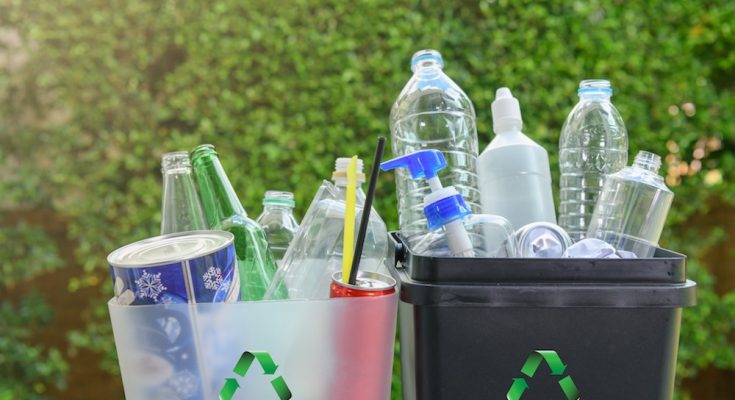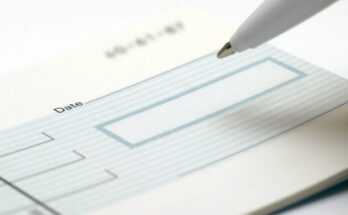If, on the one hand, the development of cities and companies promotes the healthy growth of a country’s economy, on the other, it is responsible for a significant generation of waste, which is often not correctly disposed of and may, in the future, negatively affect the population and the environment.
To prevent this from happening, one of the alternatives is a massive investment by organizations, governments, and people themselves in recycling, an essential component of modern waste management.
But After All, What Is Recycling?
In general terms, recycling through decanning and refining catalytic converters is reusing discarded materials to reintroduce them into the production cycle. Composed of a set of different techniques, which vary according to the type of waste to be recovered, it is one of the most advantageous ways of treating solid waste, both from the perspective of nature and society’s perspective. In addition, we can list significant advantages of this process:
- reduces the consumption of raw materials;
- saves electricity and water;
- decreases the total volume of garbage; and
- it still generates employment for thousands of people.
Therefore, below is a quick step by step of the process of recycling:
First Step: Separate The Garbage To Be Discarded
Every recycling process begins with selective collection: the separation of waste to be disposed of by type of material. This first step is essential to facilitate the following ones and make the system as a whole cheaper and viable.
Entrepreneurs, in turn, are responsible for structuring an efficient reverse logistics system. The process is characterized by enabling the collection of waste in the business sector to reuse or direct it to the most suitable disposal site.
Second Step: Start With Dry Recyclable Waste
The law establishes that all waste is separated at least into dry recyclables and tailings. Dry products are composed of metals, paper, and cardboard, different types of plastic and glass, and their recycling process is better disseminated and facilitated by the government. Unlike the first ones, the rejects cannot be reused in any way and are mainly represented by bathroom waste, such as disposable diapers, absorbents, and flexible rods (“swabs”).




